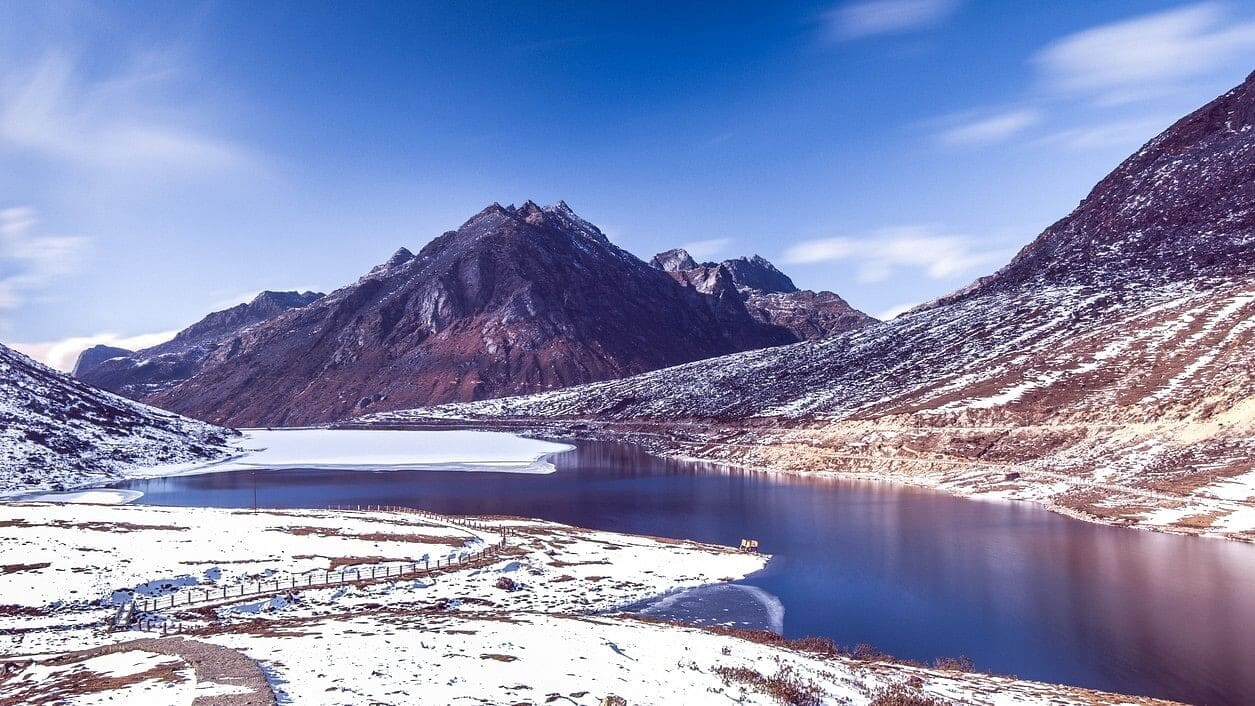
Arunachal Pradesh's glaciers are shrinking rapidly, study finds
What's the story
A recent study by researchers from Nagaland University and Cotton University has sounded alarm bells over the rapid shrinkage of glaciers in Arunachal Pradesh.
The study, published in the Journal of Earth System Science, highlights a significant retreat of these glaciers over the last three decades.
The Himalayas, also known as the "Third Pole," hold the largest concentration of glaciers outside polar regions and provide freshwater to over 1.3 billion people downstream.
Data analysis
Study reveals alarming rate of glacier shrinkage
Led by Dr. Latonglila Jamir and Dr. Nabajit Hazarika, the study employed Remote Sensing (RS) and Geographic Information Systems (GIS) to study the changes in Arunachal Pradesh's glaciers between 1988 and 2020.
The state had 756 glaciers in 1988, covering an area of 585.23 square kilometers. By 2020, only 646 glaciers remained, covering an area of just 275.38 square kilometers—an average annual loss of nearly 17 square kilometers.
Rapid melting
Smaller glaciers retreating faster, warns study
The study further revealed that smaller glaciers, those less than five square kilometers in size, are retreating faster than their larger counterparts.
Dr. Jamir warned about the consequences of this rapid glacial melt. "Initially, rapid glacial melting increases water flow, causing flooding and unstable river conditions," she explained.
She added that over time, as the glacial mass reduces due to continuous melting, freshwater availability will decline significantly affecting agriculture, drinking water supplies, and hydropower generation in the region.
Lake threats
Glacial lakes pose additional risks to communities
The study also emphasized the formation and expansion of glacial lakes as another risk factor.
These lakes can trigger Glacial Lake Outburst Floods (GLOFs), which could lead to catastrophic damage to downstream communities.
India, and particularly the Eastern Himalayas, experienced a disastrous GLOF incident in Sikkim just two years ago.
According to a World Meteorological Organization report based on data from India's National Emergency Response Centre, the GLOF claimed the lives of over 100 people and left 70 missing.